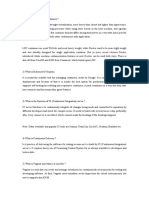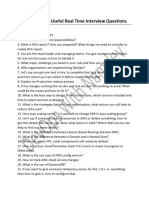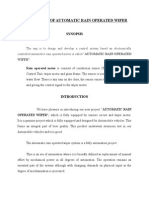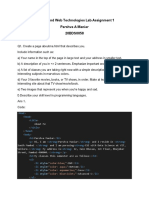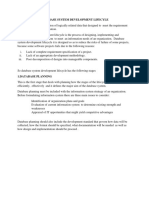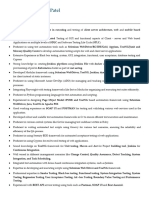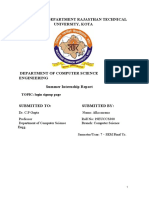0% found this document useful (0 votes)
50 views6 pagesIBM Interview Process Overview
The document provides a comprehensive overview of DevOps and cloud computing concepts, including definitions, benefits, lifecycle phases, and tools used in CI/CD pipelines. It also addresses scenario-based and behavioral questions relevant for a DevOps/Cloud Engineer role at IBM, highlighting practical experiences and approaches to common challenges. Additionally, it includes citations for further reference on the topics discussed.
Uploaded by
Nikhil PoojariCopyright
© © All Rights Reserved
We take content rights seriously. If you suspect this is your content, claim it here.
Available Formats
Download as PDF, TXT or read online on Scribd
0% found this document useful (0 votes)
50 views6 pagesIBM Interview Process Overview
The document provides a comprehensive overview of DevOps and cloud computing concepts, including definitions, benefits, lifecycle phases, and tools used in CI/CD pipelines. It also addresses scenario-based and behavioral questions relevant for a DevOps/Cloud Engineer role at IBM, highlighting practical experiences and approaches to common challenges. Additionally, it includes citations for further reference on the topics discussed.
Uploaded by
Nikhil PoojariCopyright
© © All Rights Reserved
We take content rights seriously. If you suspect this is your content, claim it here.
Available Formats
Download as PDF, TXT or read online on Scribd
/ 6






























